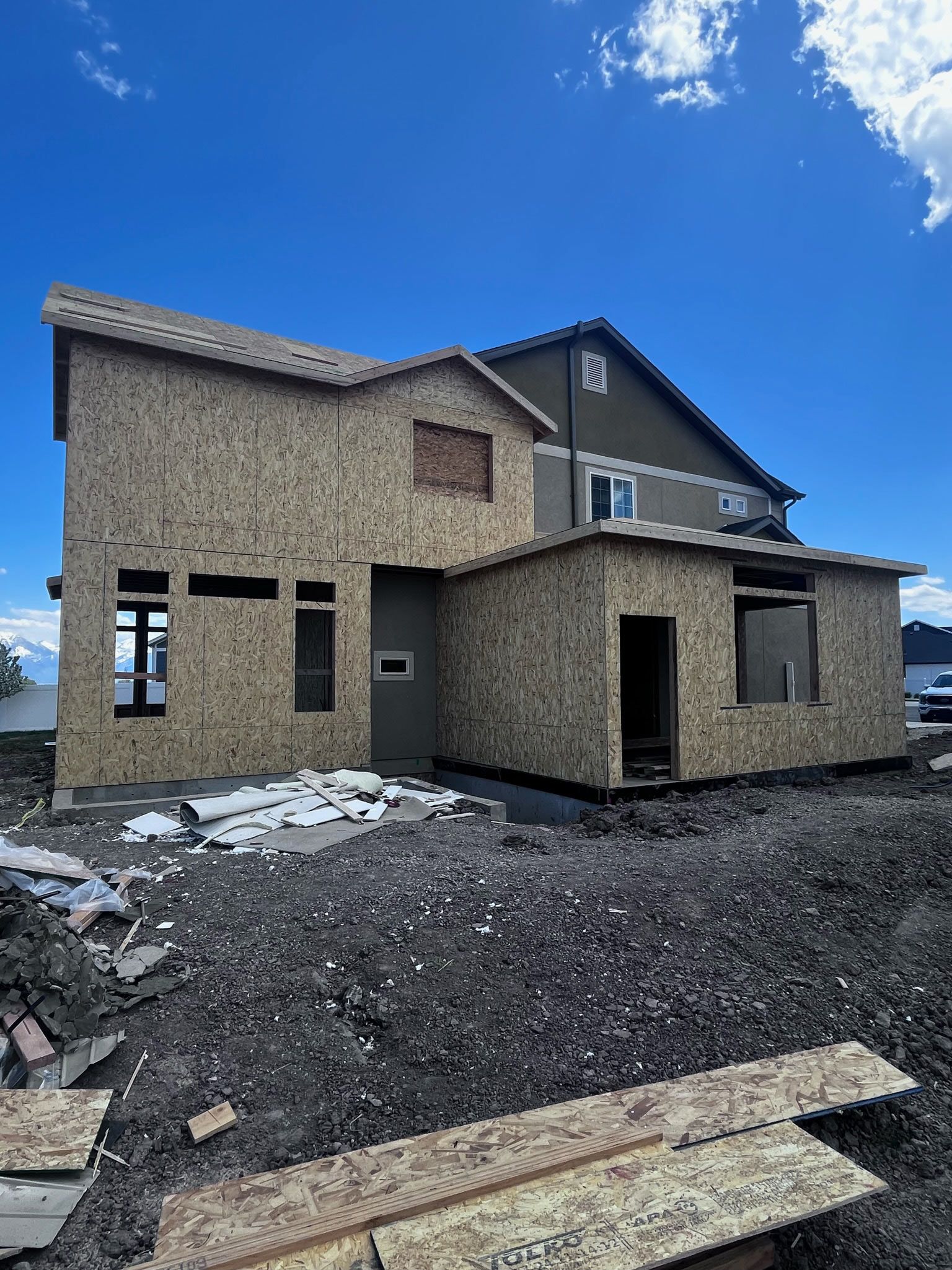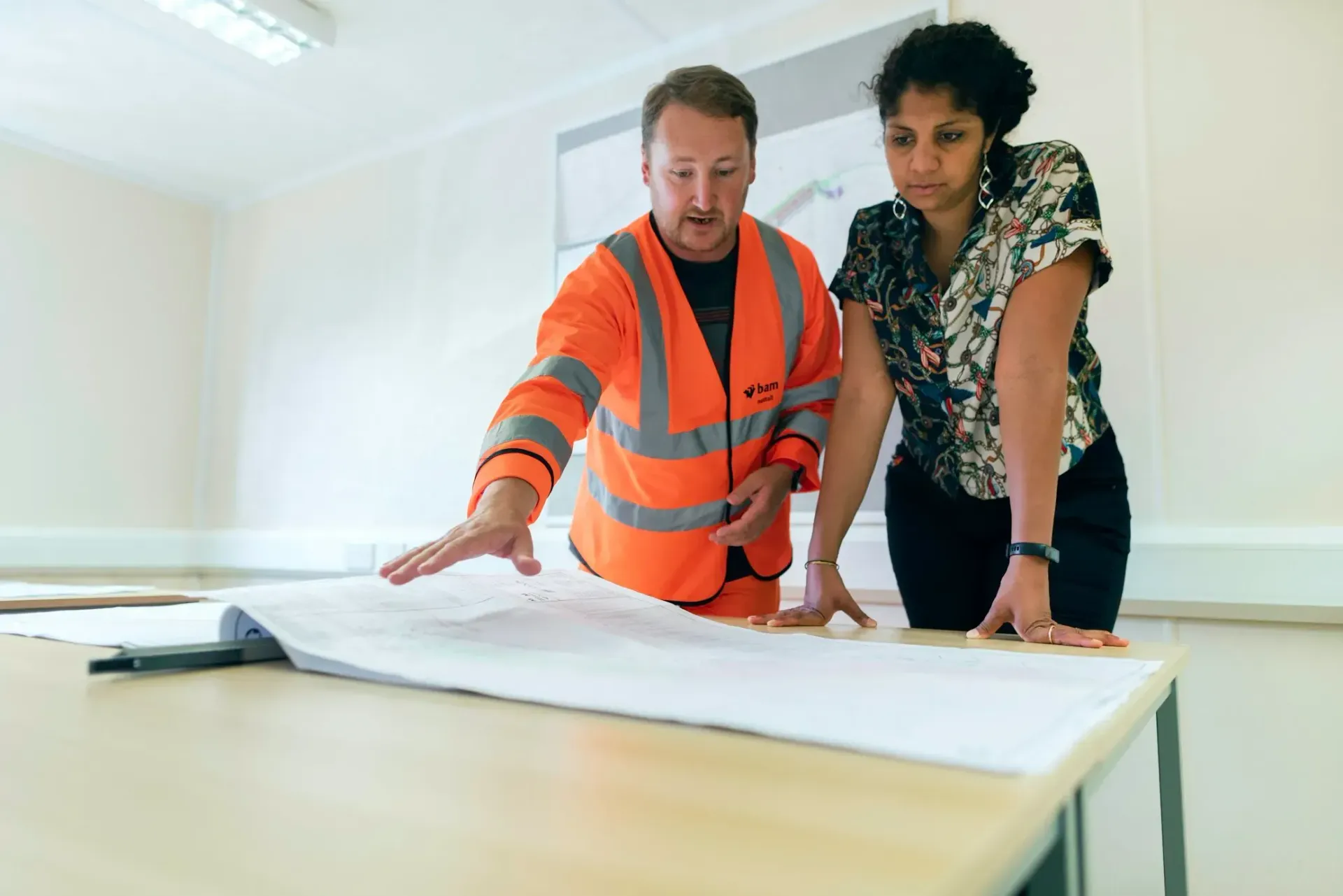Understanding the Costs of Making a Home Wheelchair Accessible

Costs of Making a Home Wheelchair Accessible
Turning a house into a safe and easy space for wheelchair users isn’t just a nice upgrade—it’s about freedom, comfort, and independence. If you’re making changes for yourself, a loved one, or a future tenant, knowing what to expect helps you plan better.
So, how much does it cost to build a handicap accessible house? That depends on what needs to change. Adding ramps, widening doorways, adjusting bathrooms, or installing stair lifts all come with different price tags. Some homes may only need a few changes, while others might need full remodels to meet accessibility needs.
The good news? You don’t have to guess. This guide breaks down the main costs, common home modifications, and how to budget smart. You’ll get a clear picture of what goes into making a home truly wheelchair accessible—without the stress.
Factors Influencing the Cost of Wheelchair Accessibility Modifications
The cost of making a home wheelchair accessible depends on several factors. Knowing these can help you estimate what to budget for your project.
Home Layout and Size
Your home’s design plays a big role in determining the cost. Open floor plans may require fewer changes, while homes with tight hallways or multiple levels could need significant modifications like ramp installations or stairlifts.
Specific Accessibility Needs
Not everyone needs the same modifications. Some homes might only need a ramp or a widened doorway, while others may require a complete bathroom overhaul. The more specialized the needs, the higher the cost is likely to be.
Material and Labor Costs
The quality of materials and the rates of contractors in your area affect your final bill. For example:
- A wheelchair ramp can cost between $1,000 and $3,000, depending on the material (wood, aluminum, or concrete).
- Widening a doorway typically ranges from $300 to $2,500, depending on whether structural changes are needed.
- Installing grab bars or non-slip flooring may add $200 to $1,000 per room.
Labor costs can range from $50 to $150 per hour, with some projects requiring multiple skilled workers.
Regional Price Variations
Where you live can also affect the cost. Urban areas or places with a high demand for contractors often have higher labor and material costs. For example:
- In cities, labor rates can start at $75 per hour, while rural areas might average closer to $50 per hour.
- Materials like lumber or specialized equipment may also cost more in areas where accessibility contractors are scarce.
Understanding these factors can give you a clearer picture of how much you might spend on making your home wheelchair accessible.
Common Home Modifications and Their Estimated Costs
Creating a wheelchair-accessible home involves specific changes to ensure safety and ease of movement. Below are some of the most common modifications, along with their estimated costs.
Installing Ramps
Ramps are essential for homes with steps or elevated entryways. The cost depends on the material and length:
- Wooden ramps: $1,000–$2,800 (prone to weather damage but customizable).
- Aluminum ramps: $1,500–$3,000 (durable and low maintenance).
- Concrete ramps: $2,000–$6,000 (long-lasting but expensive).
Portable ramps, a temporary solution, start at $100.
Widening Doorways
Standard doorways are often too narrow for wheelchairs. Widening them typically costs:
- $300–$800 if minor adjustments are needed.
- $1,500–$2,500 for structural changes like moving electrical wiring or altering load-bearing walls.
Bathroom Modifications
Bathrooms often require the most extensive changes. Common upgrades include:
- Roll-in showers: $2,500–$10,000.
- Grab bars: $200–$500 for installation.
- Raised toilet seats or ADA-compliant toilets: $200–$800.
- Sink modifications: $500–$2,000 to lower and adjust plumbing for wheelchair access.
Kitchen Adjustments
Making a kitchen accessible ensures wheelchair users can easily cook and clean. Estimated costs include:
- Lowering countertops: $1,200–$3,000.
- Modifying cabinets: $500–$1,500.
- Installing accessible appliances: $1,000–$5,000 for features like side-opening ovens or pull-out shelves.
Flooring Changes
Non-slip flooring can prevent accidents and make movement easier. Options and costs include:
- Vinyl or rubber flooring: $3–$7 per square foot.
- Hardwood or tile modifications: $6–$15 per square foot.
These upgrades ensure a home is both accessible and safe for wheelchair users, with costs varying based on materials and the scope of work.
Budgeting for Home Accessibility Projects
Planning your budget carefully is key to successfully modifying a home for wheelchair accessibility. By prioritizing changes, finding cost-saving opportunities, and exploring financial assistance, you can make the process more manageable.
Prioritizing Modifications
Start by identifying the most critical changes. Focus on areas that directly affect daily living:
- Entryways: Ensure there’s at least one accessible entrance with a ramp or lift.
- Bathrooms: Prioritize roll-in showers, grab bars, and accessible sinks.
- Mobility Pathways: Widen doorways and adjust hallways for smooth wheelchair movement.
- Bedroom Access: Modify doorways and ensure enough room for wheelchair maneuvering around the bed and furniture.
Once the essentials are addressed, you can plan for additional upgrades, such as kitchen modifications or non-slip flooring.
Cost-Saving Strategies
You don’t have to break the bank to make your home accessible. Here are some tips to reduce costs:
- Choose modular or portable solutions: A portable ramp or grab bar can be a more affordable alternative to permanent installations.
- Use standard materials: Opt for durable yet cost-effective materials like vinyl for flooring or prefabricated ramps.
- Get multiple quotes: Compare prices from several contractors to find the best deal.
- DIY small projects: Simple tasks like installing grab bars can often be done yourself with the right tools and guidance.
- Repurpose existing materials: Use leftover construction materials or refurbish old furniture to reduce material costs.
Financing Options
There are several ways to ease the financial burden of accessibility renovations:
- Government Grants and Programs: Look into programs like Medicaid, the VA’s Specially Adapted Housing (SAH) grant, or local disability assistance funds.
- Tax Benefits: Certain modifications may qualify for tax deductions or credits, so consult a tax professional.
- Nonprofit Support: Organizations like Rebuilding Together or Habitat for Humanity may offer assistance for accessibility projects.
- Low-Interest Loans: Some banks or credit unions provide loans specifically for home renovations.
- Crowdfunding: Platforms like GoFundMe or similar crowdfunding sites can help cover costs, especially for families or individuals with financial challenges.
Budgeting strategically can help you make your home accessible without overspending. By prioritizing essential modifications and exploring available resources, you can create a safe and comfortable environment for wheelchair users.
Ensuring Quality and Compliance
When modifying your home for wheelchair accessibility, quality and compliance are non-negotiable. Proper planning and professional execution will ensure your home meets safety standards and remains functional for years to come.
Hiring Qualified Professionals
Working with experienced contractors and specialists can save you time, money, and stress:
- Accessibility Experts: Hire contractors who specialize in ADA-compliant or universal design projects.
- Certified Professionals: Look for certifications like CAPS (Certified Aging-in-Place Specialist) or similar credentials.
- References and Reviews: Check reviews, ask for references, and review their portfolio to verify their expertise.
- Consulting an Occupational Therapist: An OT can assess the home and provide recommendations tailored to the resident’s mobility needs.
Adhering to Accessibility Standards
Ensuring that your modifications meet legal and safety standards is essential:
- ADA Guidelines: Follow ADA recommendations, such as a minimum doorway width of 32 inches and ramps with a slope no steeper than 1:12.
- Local Building Codes: Always check your region's building codes for additional requirements.
- Inspections and Permits: Obtain necessary permits and have the work inspected to avoid costly fines or rework.
- Future-Proofing: Design for current and future needs to avoid repeated renovations later.
Incorporating Safety Features
Beyond compliance, adding safety features can enhance usability and peace of mind:
- Lighting: Install motion-sensor lights for better visibility in hallways and entryways.
- Emergency Features: Include items like intercom systems, emergency buttons, or accessible fire alarms.
- Durable Materials: Use non-slip flooring, sturdy grab bars, and long-lasting ramps to reduce maintenance needs.
Focusing on quality and compliance ensures your modifications are safe, effective, and built to last. Partnering with the right professionals and adhering to standards will give you confidence in your home’s accessibility.
Real-Life Examples and Case Studies
Learning from real-life examples can provide valuable insights into the process of making a home wheelchair accessible. These stories and cost breakdowns highlight challenges, solutions, and lessons learned.
Homeowner Experiences
- Single-Level Ranch Conversion: A homeowner in a single-story home added a wheelchair ramp, widened doorways, and installed grab bars throughout the house. The total cost was approximately $12,000, with the ramp accounting for $3,000 and bathroom upgrades costing $6,000. The homeowner noted that working with an experienced contractor reduced unexpected delays and costs.
- Multi-Level Home with Stairlift Installation: A family with a two-story home opted for a stairlift instead of relocating to a single-level house. The stairlift installation cost $10,000, while additional modifications like a roll-in shower and widened hallways brought the total to $25,000. The family emphasized the importance of prioritizing the most-used areas first.
Cost Breakdown Analysis
Let’s take a detailed look at a common accessibility renovation project for a three-bedroom home:
- Ramp Installation: $2,500 for a durable aluminum ramp.
- Bathroom Upgrades: $8,000 for a roll-in shower, raised toilet, and grab bars.
- Widened Doorways: $1,500 for two key doorways.
- Kitchen Modifications: $3,500 to lower countertops and add pull-out shelves.
- Total: $15,500, with additional savings by using mid-range materials and sourcing appliances on sale.
These real-world examples highlight the importance of planning, budgeting, and consulting professionals. They show how different needs and layouts affect costs and emphasize the value of prioritizing critical areas.
Conclusion
Creating a wheelchair-accessible home enhances safety, independence, and comfort. By focusing on essential modifications like ramps, widened doorways, and bathroom upgrades, you can make your home accessible while staying within your budget. Partnering with experienced professionals ensures the work meets safety standards and delivers long-term value.
If you’re in Centerville, UT, and looking to upgrade your home, Foundation Finishes can help. From basement finishing and home remodels to bathroom and kitchen remodeling, they have the expertise to transform your space. Whether you need a simple update or a complete home addition, their team is ready to bring your vision to life with high-quality results.
Get started on creating the perfect accessible home today!
FAQs
What is the average cost of making a home wheelchair accessible?
The cost can vary widely depending on the scope of the project. Basic modifications like ramps and grab bars might cost around $2,000–$5,000, while a full remodel, including bathroom and kitchen adjustments, can range from $15,000 to $50,000 or more.
Are there financial assistance programs for accessibility renovations?
Yes, several options are available, including government grants like the VA’s Specially Adapted Housing (SAH) grant, Medicaid waivers, nonprofit organizations, and low-interest home improvement loans.
How long does it take to complete accessibility renovations?
The timeline depends on the extent of the work. Small projects like installing grab bars or ramps can take a few days, while larger renovations, such as bathroom remodels, may take several weeks to a few months.
Can modifications increase the value of my home?
Yes, making a home wheelchair accessible can increase its market value by appealing to a broader range of buyers, particularly older adults or those with mobility needs.
How do I find reliable contractors for accessibility modifications?
Look for contractors who specialize in ADA-compliant designs or universal accessibility. Check online reviews, ask for references, and verify certifications such as CAPS (Certified Aging-in-Place Specialist).
What are some affordable ways to improve accessibility without major renovations?
Portable ramps, grab bars, and non-slip mats are cost-effective solutions. Rearranging furniture to create clear pathways is another low-cost way to improve accessibility.
Are there tax credits or deductions for home accessibility modifications?
Yes, some accessibility modifications may qualify for medical expense tax deductions. Check with a tax professional for details on eligibility and requirements.


